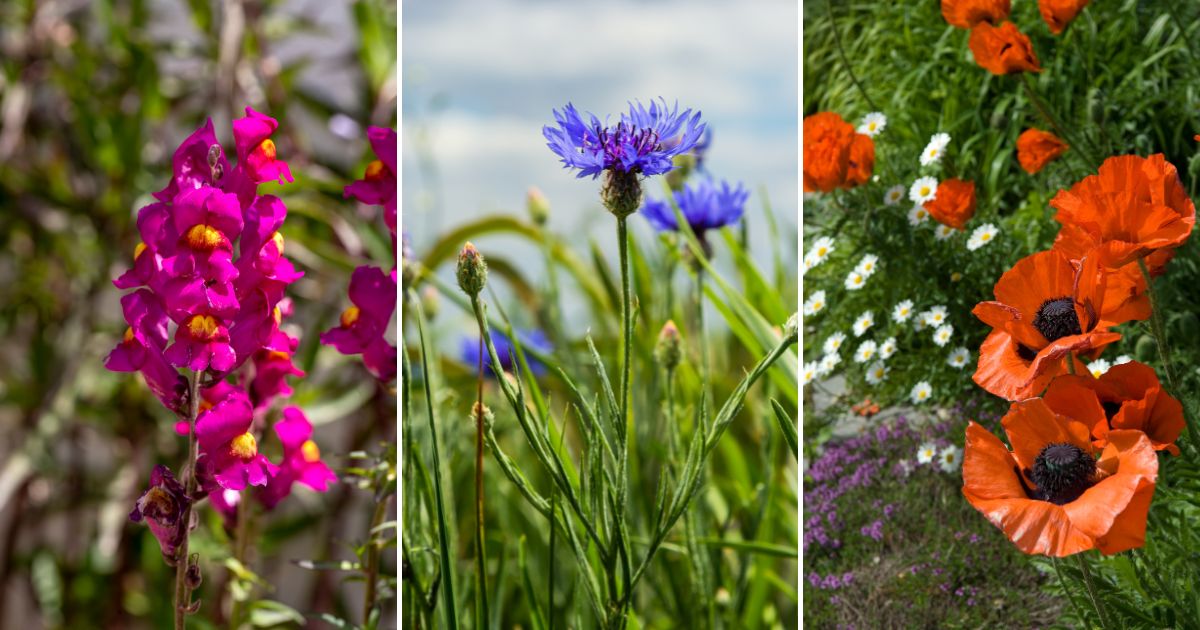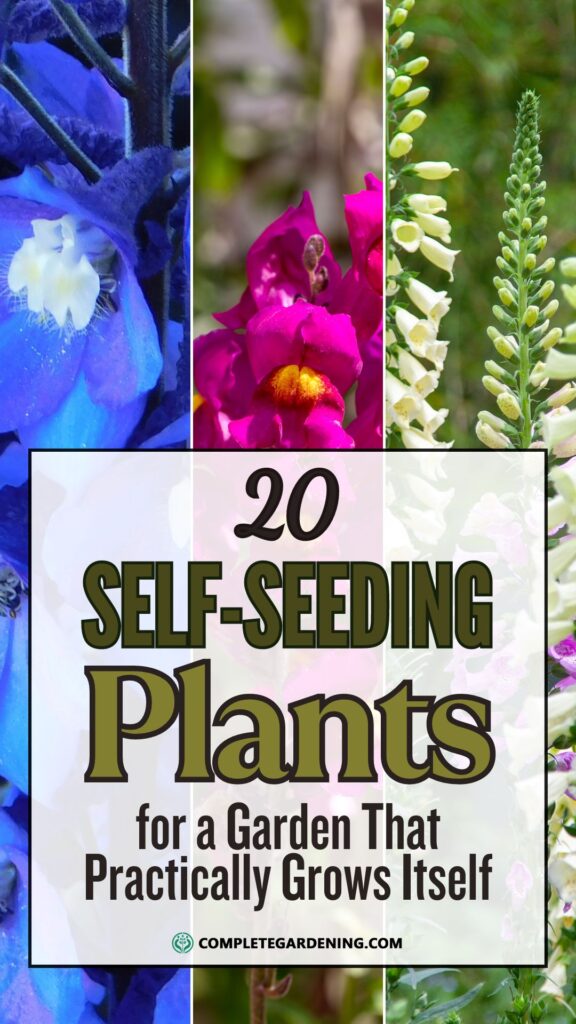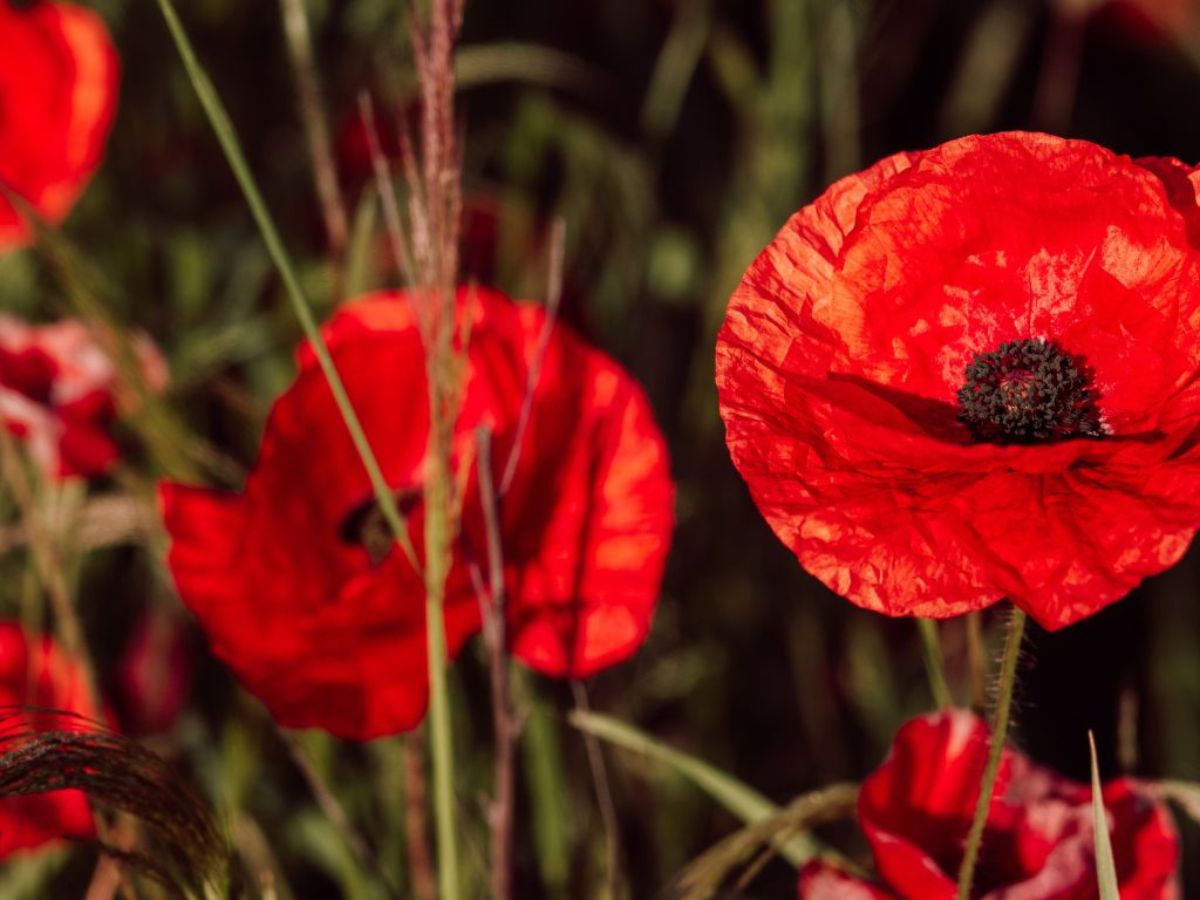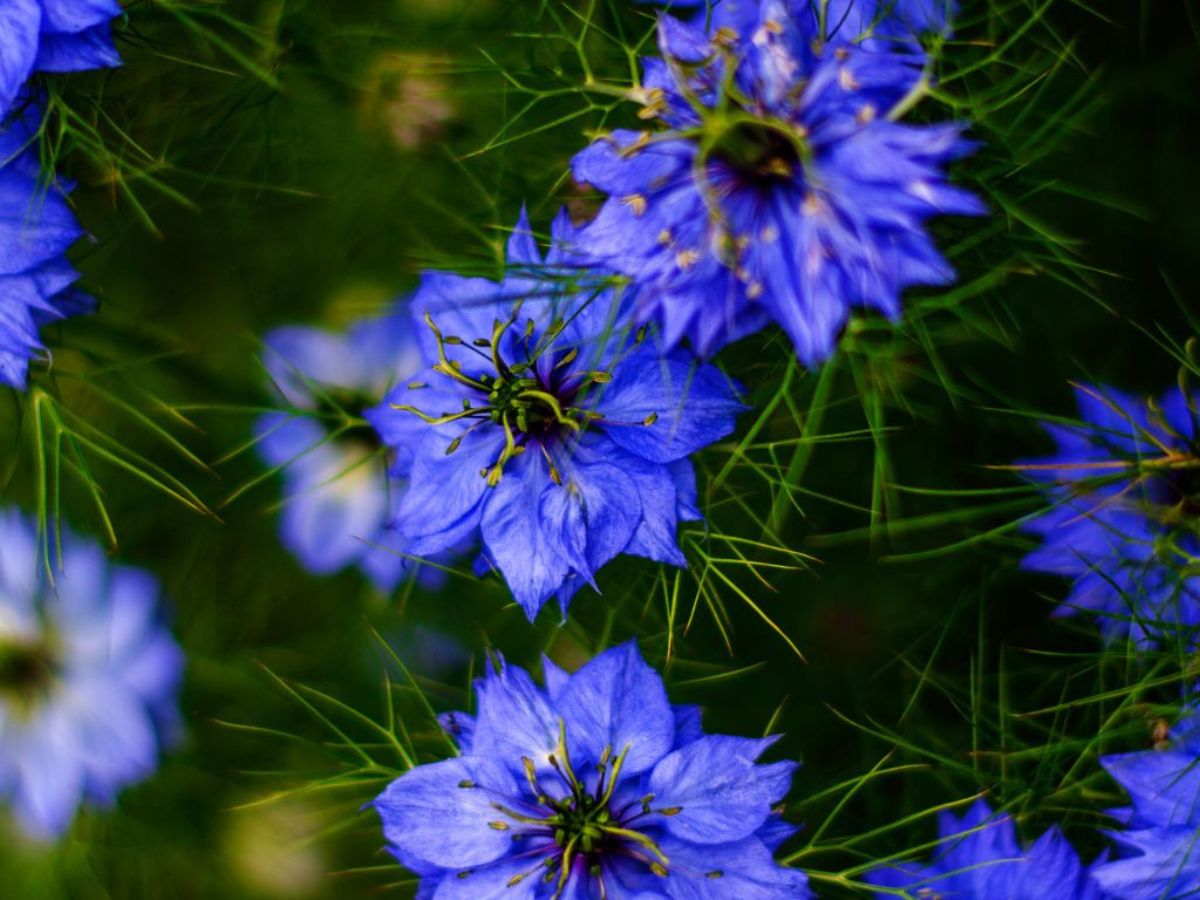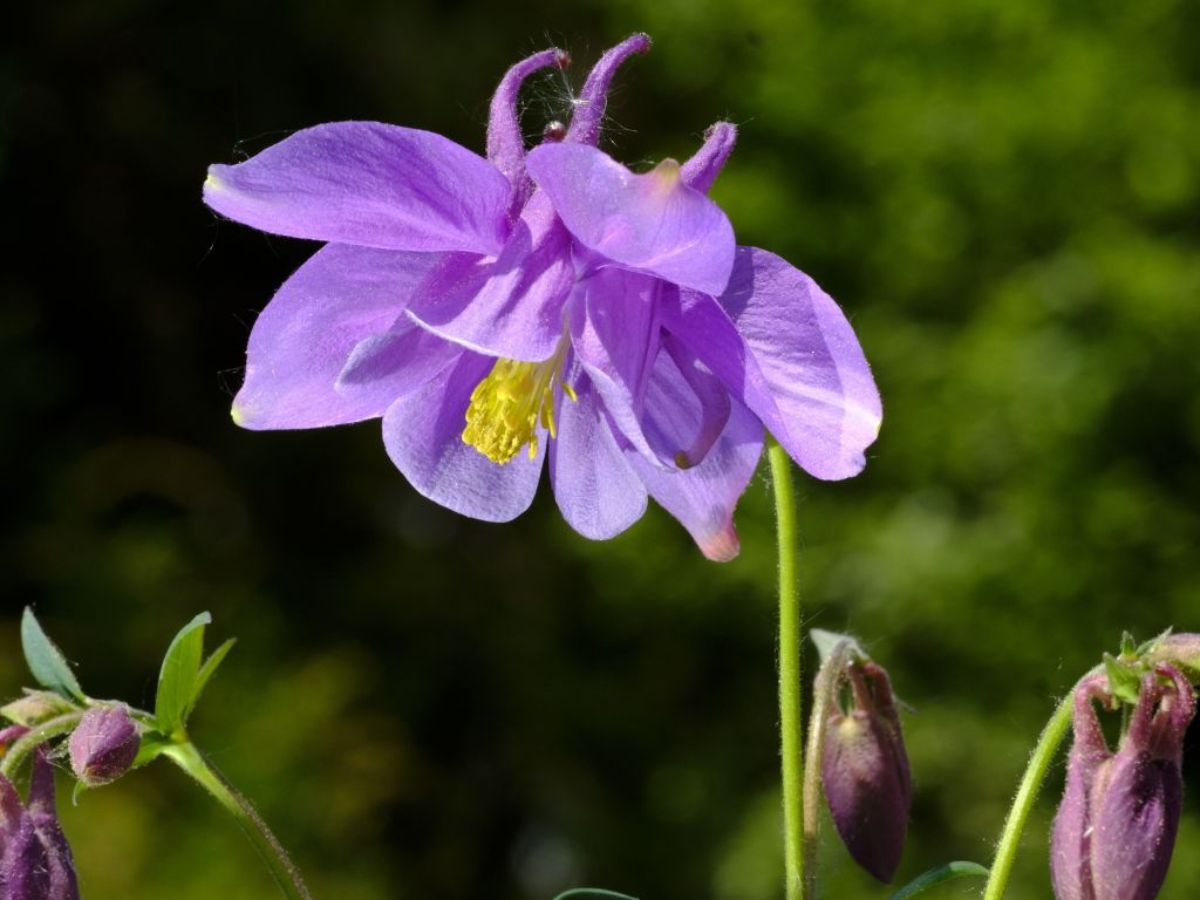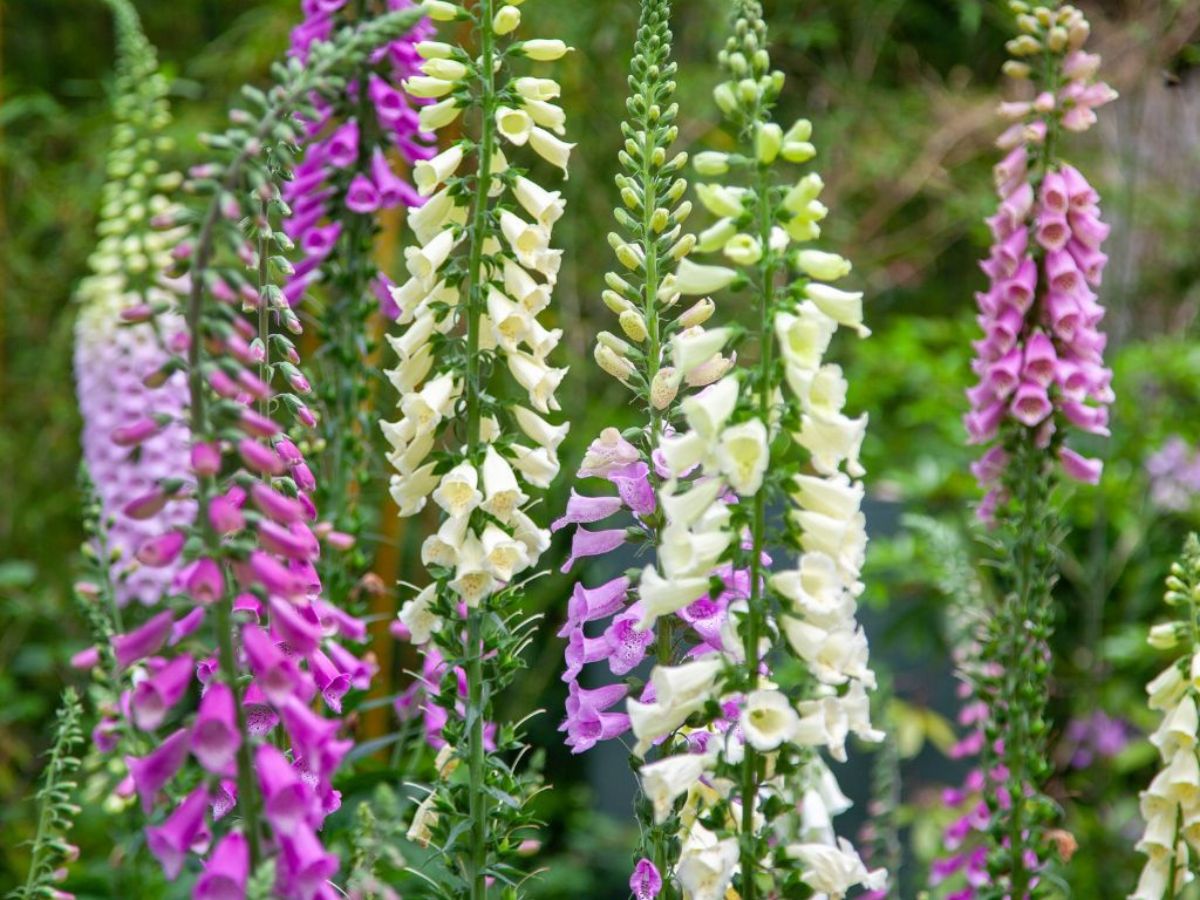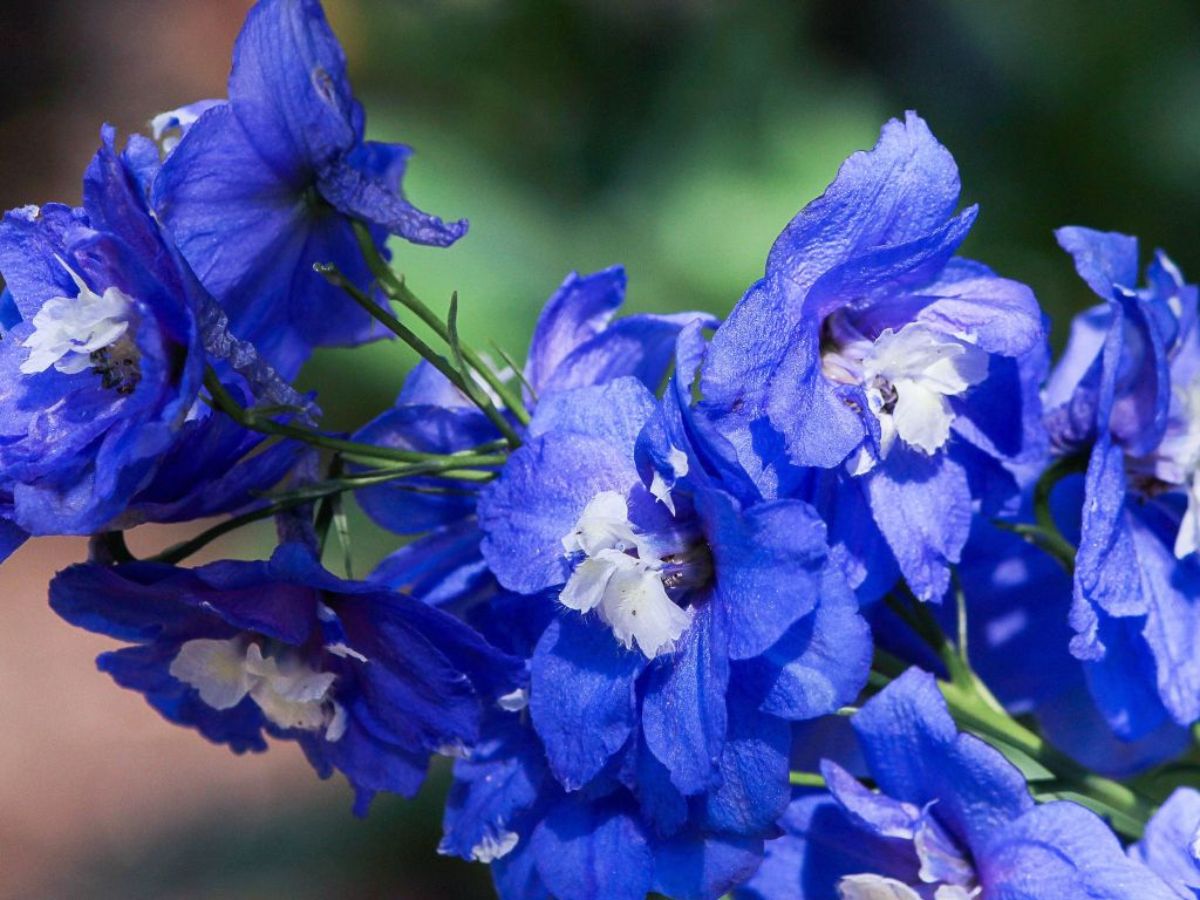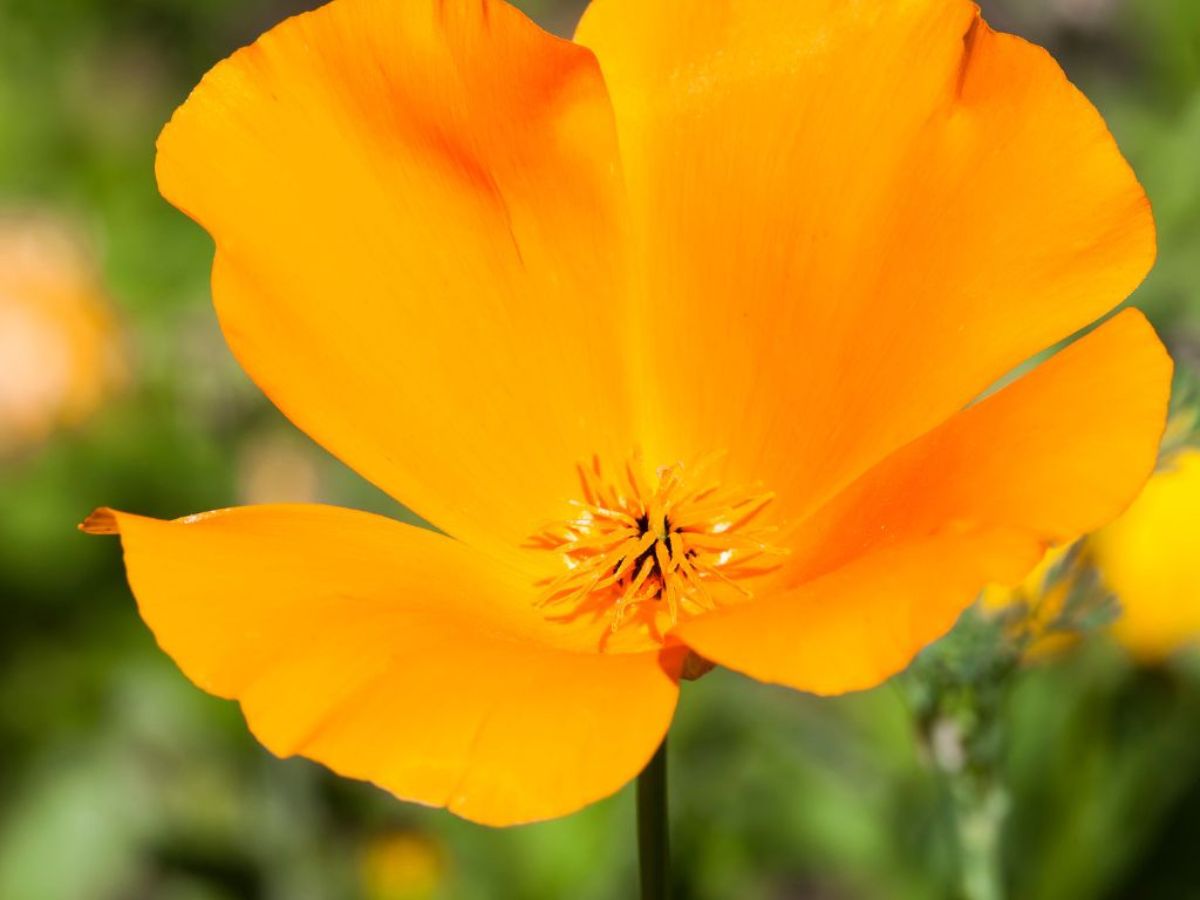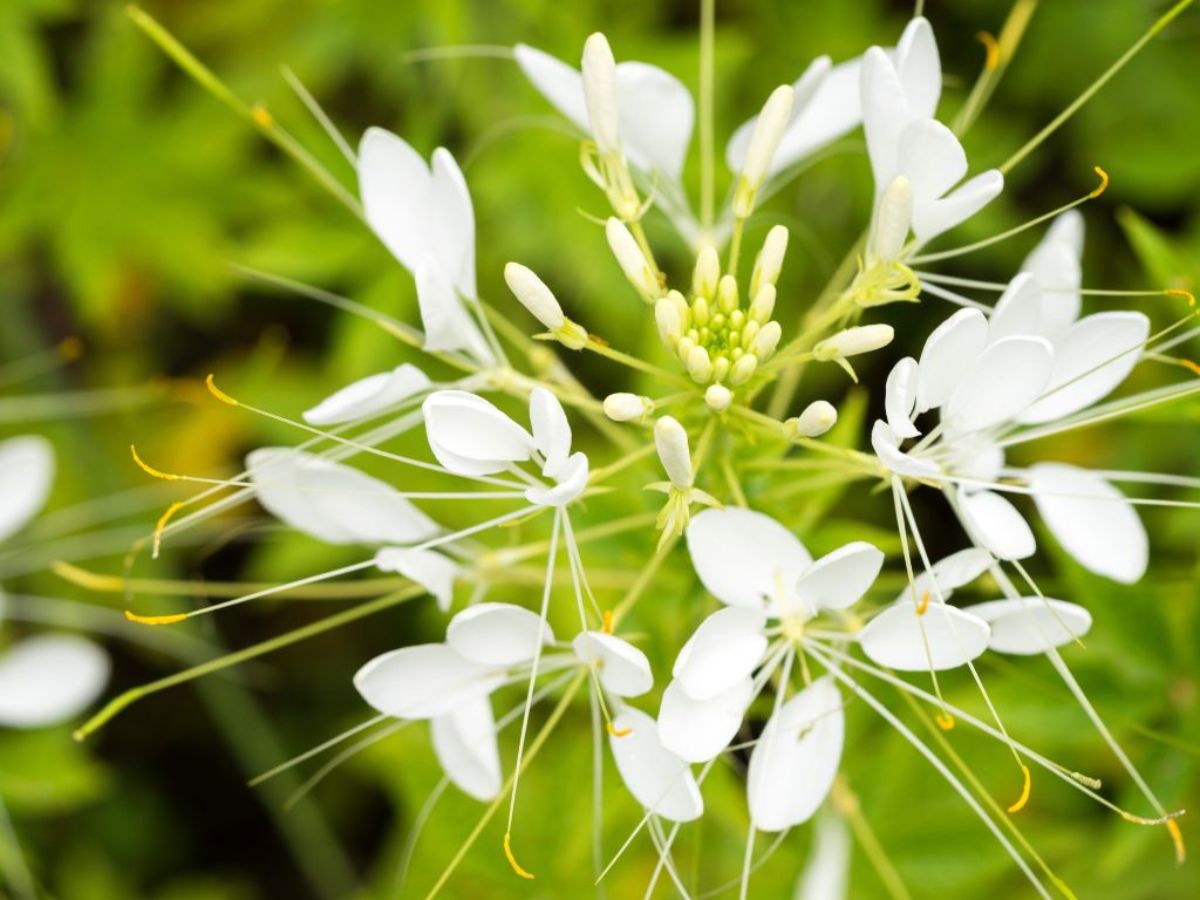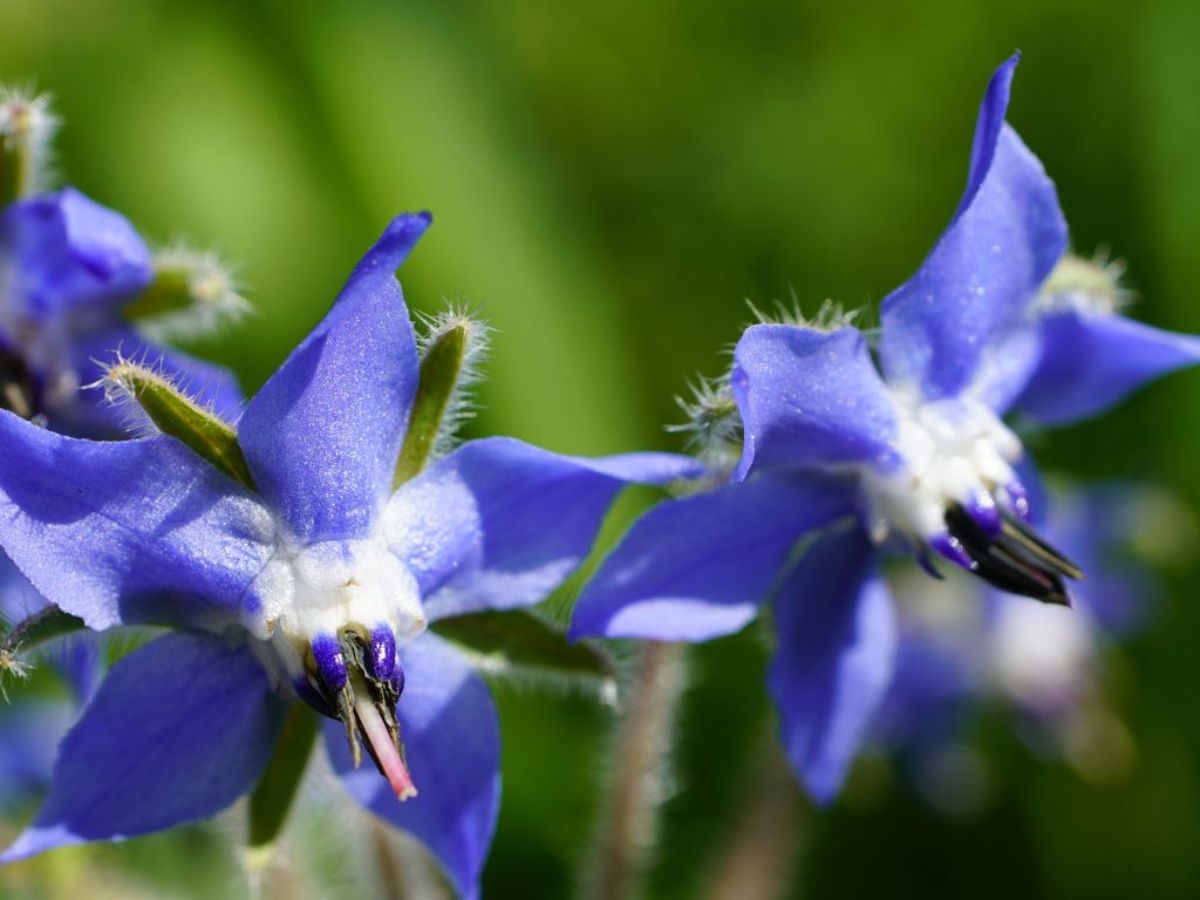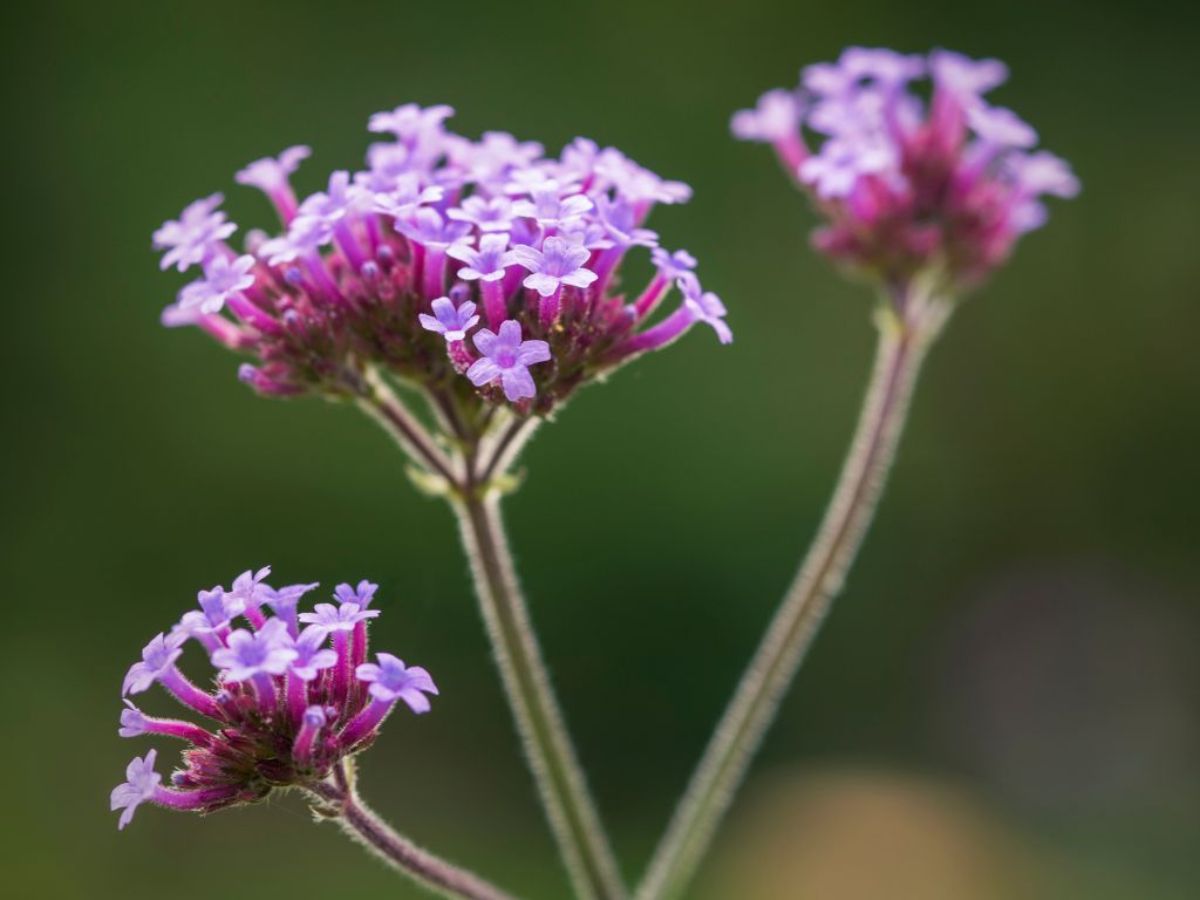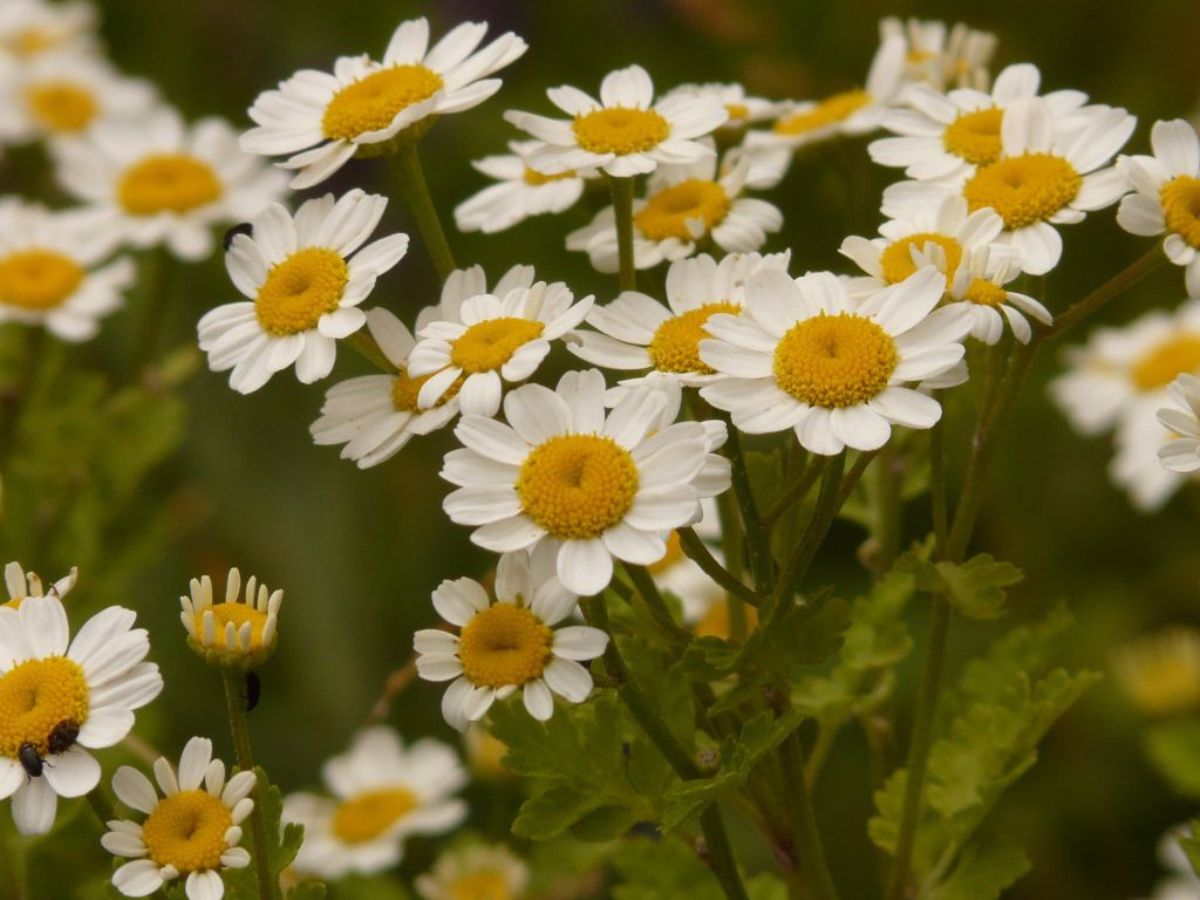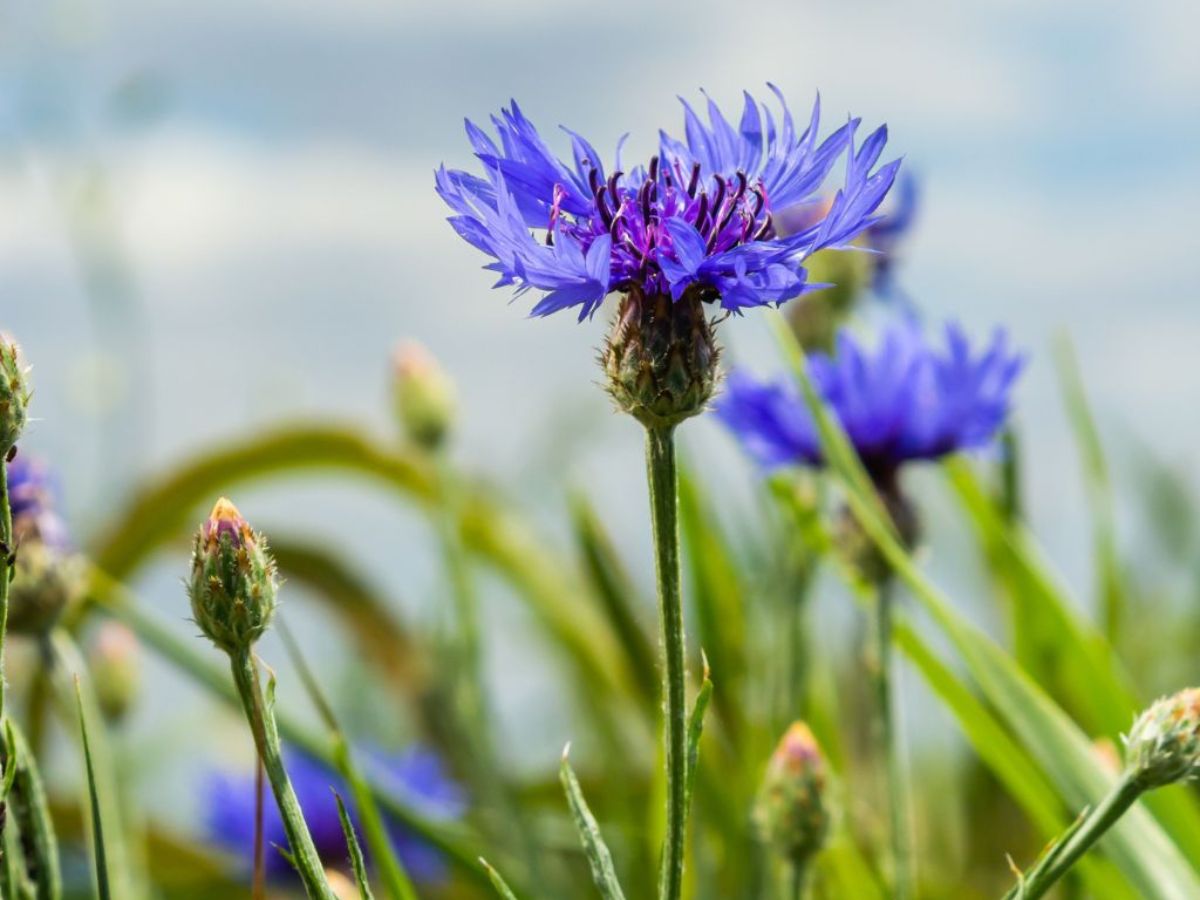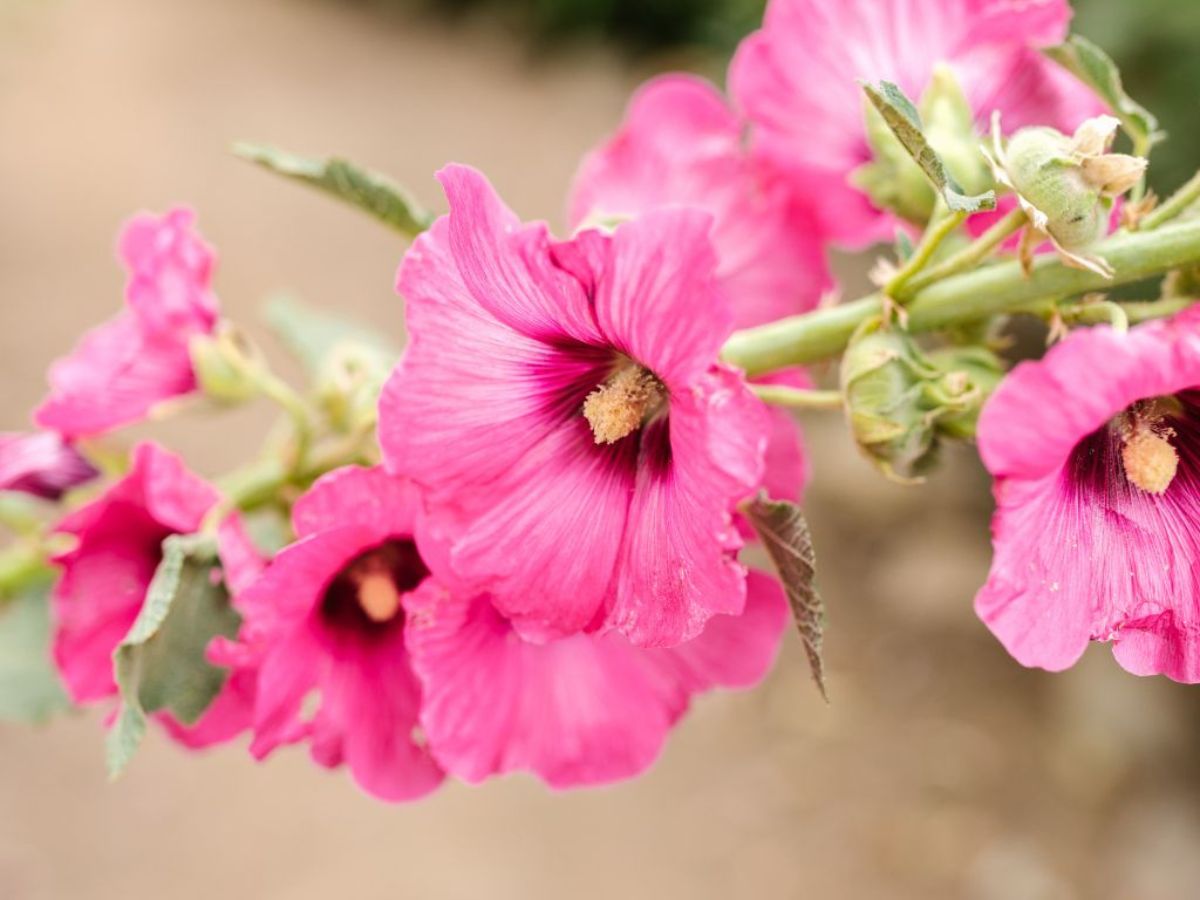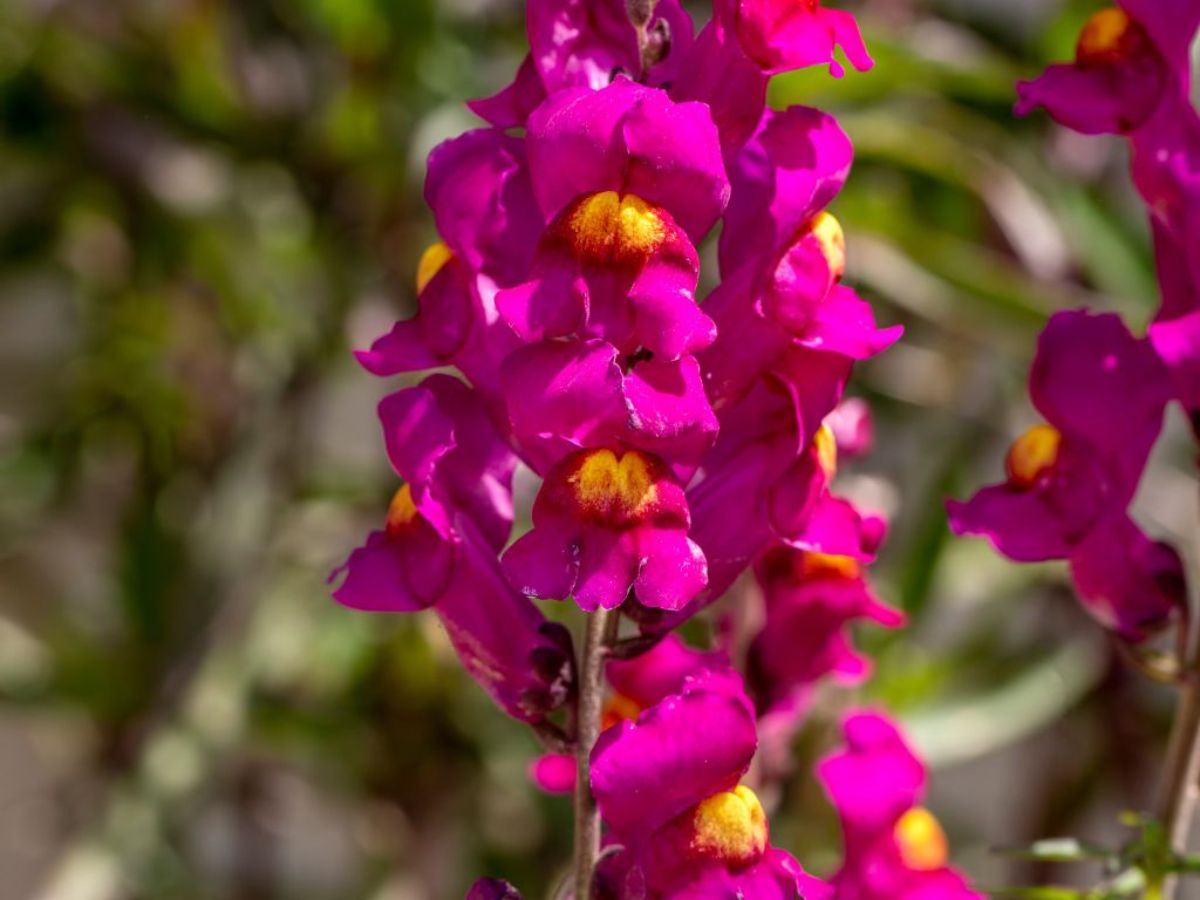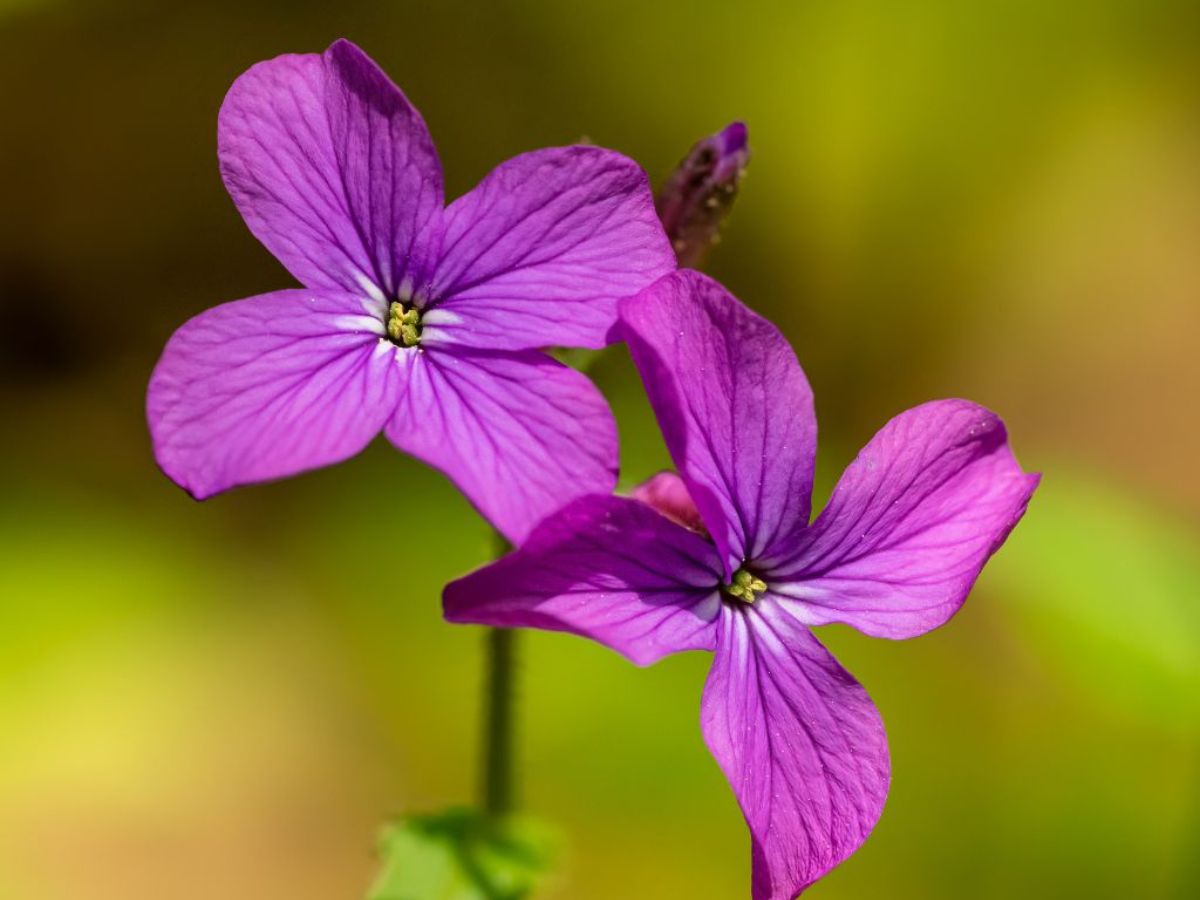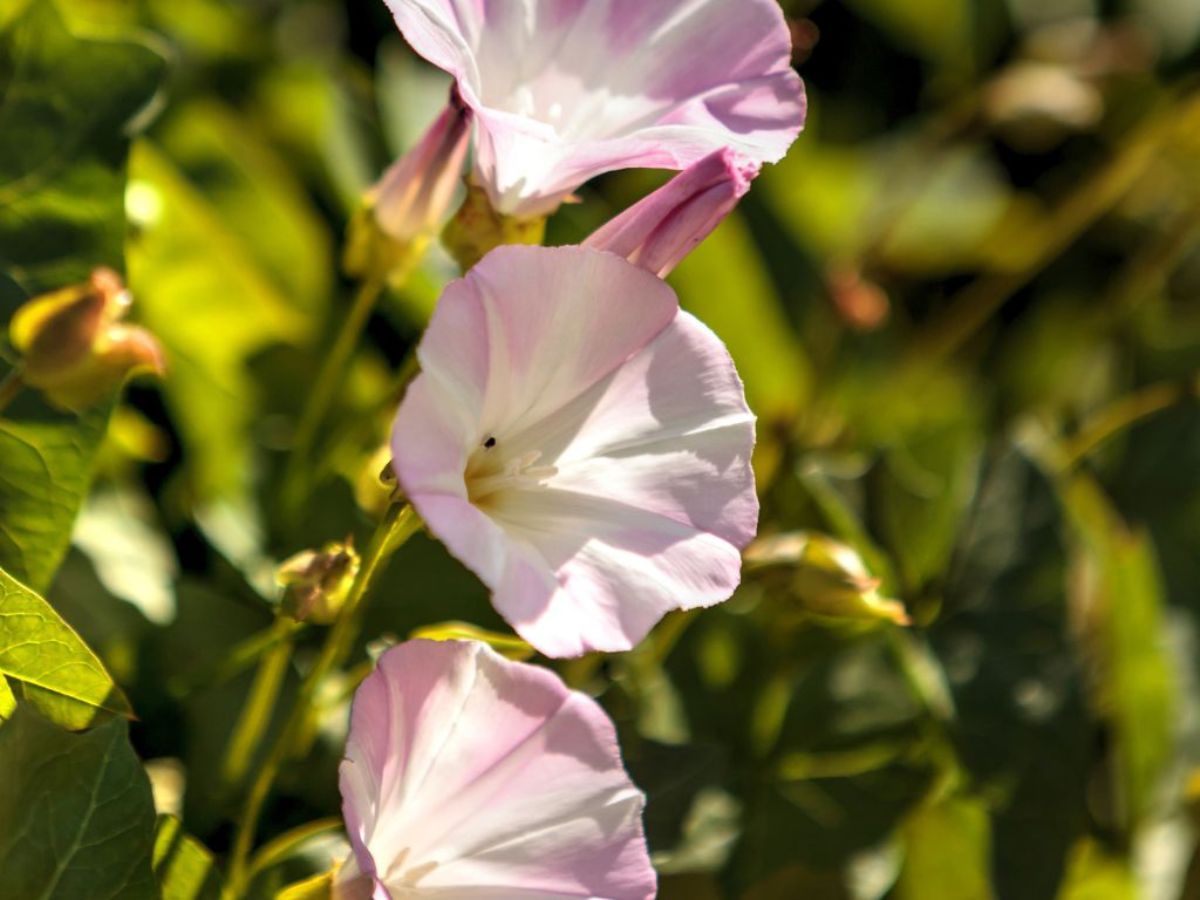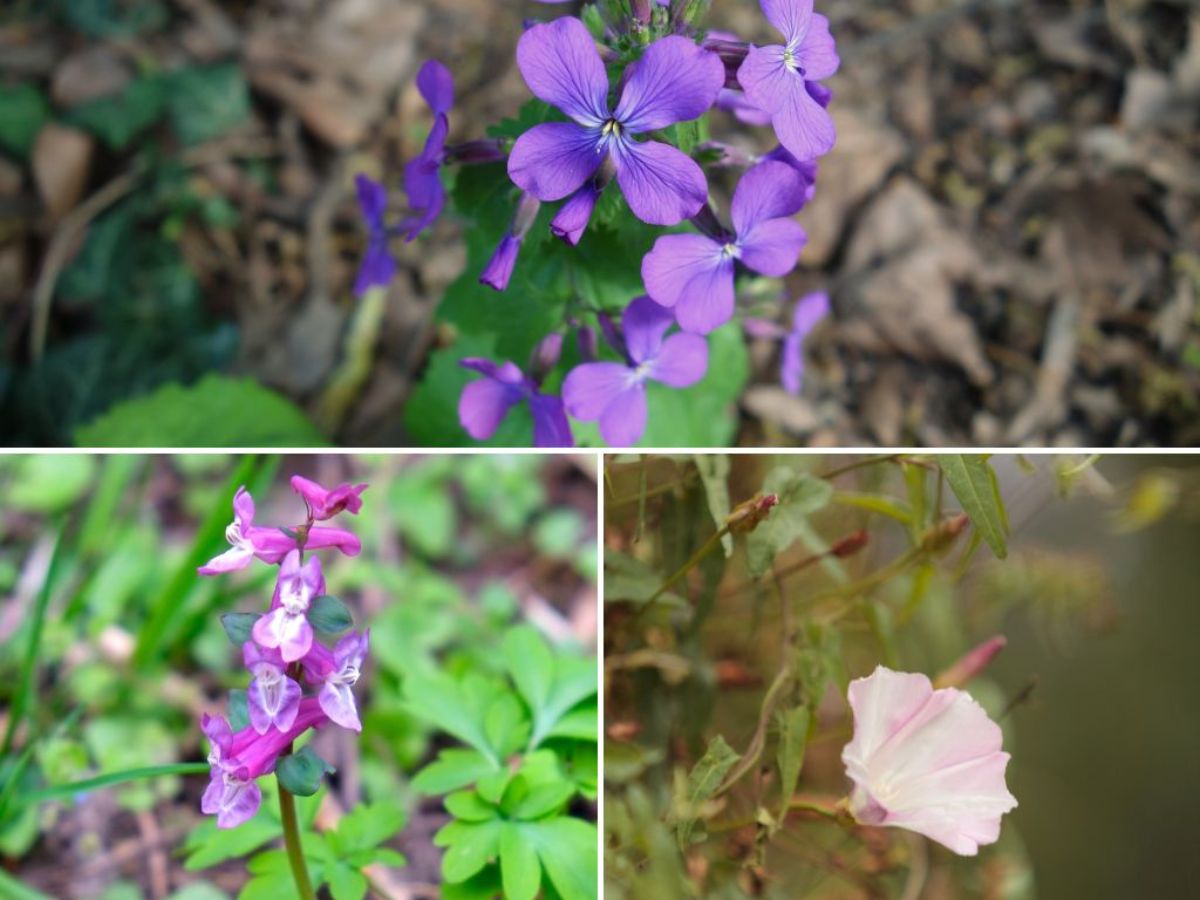One of the greatest joys of gardening is watching your hard work come to life and thrive.
But, what if I told you there’s a way to enjoy an even more effortless garden—one that helps maintain itself year after year? That’s right. With the magic of self-seeding plants, you can create a garden that practically takes care of itself.
These plants will drop seeds on their own, grow again, and give you a lush, flourishing garden without the need for constant replanting.
Let’s explore 20 fantastic plants that will self-seed, offering you a beautiful, low-maintenance garden that just keeps giving.
1. Poppies (Papaver spp.)
Poppies are known for their delicate, tissue-paper-like petals and bright, bold colors. These striking flowers will add charm and vibrancy to any garden.
Once they bloom and begin to drop their seeds, you can expect these flowers to return year after year without any fuss.
Tip: Plant poppies in well-drained soil and allow their seed heads to dry out naturally for the best results.
2. Nigella (Nigella damascena)
© Canva
Often referred to as “Love-in-a-Mist,” Nigella is a unique plant that adds whimsy and interest with its delicate blue or white flowers and feathery foliage.
Nigella is a prolific self-seeder, often creating a delightful tangle of blooms each spring.
Tip: Nigella thrives in poor soil, so don’t stress about rich compost—just let nature do the work!
3. Columbine (Aquilegia)
© Canva
Columbine offers a woodland charm with its nodding, bell-shaped flowers in shades of purple, pink, and yellow.
These plants are wonderful for cottage-style gardens and will happily reseed themselves, creating a natural, meadow-like effect over time.
Tip: Let the flowers go to seed at the end of the season for the best reseeding.
4. Foxglove (Digitalis)
© Canva
Foxgloves are tall, stately plants with tubular blooms that hummingbirds love. They’re perfect for the back of the garden border, and once they settle in, they’ll reliably self-seed and return each season, spreading gently over time.
Tip: Be cautious with foxglove, as it can be toxic if ingested—keep it away from pets and small children.
5. Larkspur (Consolida ajacis)
© Canva
Larkspur is the perfect plant if you’re looking for towering spires of bright blue, purple, or pink blooms. Once planted, larkspur will drop seeds and come back year after year, adding vertical interest to your garden.
Tip: This plant thrives in cooler weather, so if you live in a hot climate, consider planting it in partial shade.
6. Cosmos (Cosmos bipinnatus)
© Canva
Cosmos are easy-going and fast-growing annuals that bring cheerful, daisy-like flowers in pink, white, and purple. They are excellent for filling in gaps in the garden and will generously self-seed, making them a gardener’s dream.
Tip: Deadhead cosmos regularly to prolong blooming, but leave a few flowers to go to seed for self-sowing.
7. California Poppy (Eschscholzia californica)
© Canva
California poppies are bright, sunny blooms that are native to the western United States. These vibrant flowers thrive in dry conditions and will self-seed in even the toughest of environments, making them perfect for xeriscape gardens.
Tip: These poppies love poor soil and plenty of sun, so they’re perfect for low-maintenance spaces.
8. Cleome (Cleome hassleriana)
© Canva
Known as spider flowers due to their unique, spidery blossoms, cleomes are tall and striking. They’ll bloom continuously throughout the summer and self-seed to bring beauty to your garden year after year.
Tip: Cleome can grow quite tall, so plant them at the back of your borders or in areas where they can tower over other plants.
9. Forget-Me-Nots (Myosotis sylvatica)
© Canva
These tiny, delicate blue flowers are perfect for adding a splash of soft color to shady or woodland gardens. Forget-me-nots self-seed like champions, often creating a charming carpet of blue each spring.
Tip: While beautiful, forget-me-nots can spread rapidly, so keep an eye on them to ensure they don’t take over.
10. Borage (Borago officinalis)
© Canva
Borage is a great self-seeding herb with beautiful blue star-shaped flowers that attract bees and pollinators. It’s also edible—perfect for adding to salads or garnishing summer drinks.
Tip: Plant borage near tomatoes or strawberries to help deter pests naturally.
11. Verbena bonariensis
© Canva
With its tall, slender stems and clusters of purple flowers, Verbena bonariensis is a showstopper in any garden. This plant self-seeds easily and will pop up in unexpected places, giving your garden an organic, natural feel.
Tip: Verbena bonariensis attracts butterflies, making it a great addition to a pollinator garden.
12. Feverfew (Tanacetum parthenium)
© Canva
Feverfew offers charming white and yellow daisy-like flowers. This medicinal herb is easy to grow, and once established, it will happily self-seed all over your garden.
Tip: Consider planting feverfew near paths or entryways for a lovely, cheerful welcome.
13. Calendula (Calendula officinalis)
© Canva
Also known as pot marigolds, calendula brings bright orange and yellow blooms to your garden. They’re tough, easy to grow, and will reseed themselves generously.
Tip: Calendula’s petals are edible and can be used in salads or as a garnish.
14. Cornflowers (Centaurea cyanus)
© Canva
Cornflowers, also known as bachelor’s buttons, are lovely blue flowers that evoke a rustic, wildflower meadow vibe. They will self-seed readily, making them ideal for a low-maintenance garden that looks natural and effortless.
Tip: Pair cornflowers with other wildflowers for a vibrant, meadow-style look.
15. Sweet Alyssum (Lobularia maritima)
© Canva
Sweet alyssum is a low-growing plant that produces masses of tiny white, pink, or purple flowers. It’s perfect for edging or filling in between other plants, and once established, it will self-seed beautifully.
Tip: Sweet alyssum is great for attracting beneficial insects like ladybugs to your garden.
16. Hollyhocks (Alcea rosea)
© Canva
Hollyhocks are tall, cottage-garden classics with large, colorful blooms that grow on towering spikes. These perennials will self-seed readily, returning year after year to bring charm and nostalgia to your space.
Tip: Plant hollyhocks against a fence or wall for support as they grow.
17. Snapdragons (Antirrhinum majus)
© Canva
Snapdragons are cheerful, colorful flowers that are loved by children and pollinators alike. Once they’ve gone to seed, they’ll self-sow and come back each year, often popping up in surprising places in the garden.
Tip: Snapdragons prefer cooler weather, so they’re perfect for planting in spring or fall.
18. Honesty (Lunaria annua)
© Canva
Honesty is famous for its silvery seed pods, which are often used in dried flower arrangements. In the garden, this plant offers purple blooms in spring and will self-seed to bring its beauty back year after year.
Tip: Leave the seed pods on the plant for winter interest and let them naturally drop to encourage reseeding.
19. Black-Eyed Susan (Rudbeckia hirta)
© Canva
These cheerful, bright yellow flowers with dark centers are perfect for adding a pop of color to your garden. Black-eyed Susans are hardy and self-seed easily, ensuring you’ll enjoy their sunshine-like presence for many seasons.
Tip: These flowers are drought-tolerant, making them great for low-water gardens.
20. Morning Glory (Ipomoea purpurea)
© Canva
Morning glories are fast-growing vines that produce vibrant, trumpet-shaped flowers. They are notorious self-seeders, and once they establish in your garden, they’ll happily return each year, climbing and spreading to create a lovely natural screen.
Tip: Give morning glories a trellis or fence to climb for a dramatic effect.
Creating a Self-Sustaining Garden
© Canva
The beauty of these self-seeding plants is their ability to return year after year with little intervention.
By choosing plants that suit your garden’s environment—whether it’s sunny, shady, or somewhere in between—you can enjoy a low-maintenance garden that’s full of life, color, and diversity.
To encourage self-seeding in your garden, follow these simple tips:
Leave Seed Heads: Allow some flowers to go to seed naturally. This will enable them to drop seeds and reseed for the following season.
Mulch Lightly: Avoid heavy mulching in areas where you want plants to self-seed. A light layer of mulch or compost will allow seeds to settle into the soil and germinate.
Keep the Soil Undisturbed: Try not to disturb the soil too much where self-seeders grow. Turning the soil can disrupt seedlings before they have a chance to establish.
Watch for Seedlings: As seedlings pop up, you can thin them out or transplant them to new areas in your garden for an effortless expansion.
With these plants in your garden, you’ll have a living landscape that evolves and grows on its own, giving you more time to sit back and enjoy the beauty of nature.
Whether you prefer wildflower meadows, cottage gardens, or structured borders, self-seeding plants can help you achieve a thriving, effortless garden that brings joy year after year.
